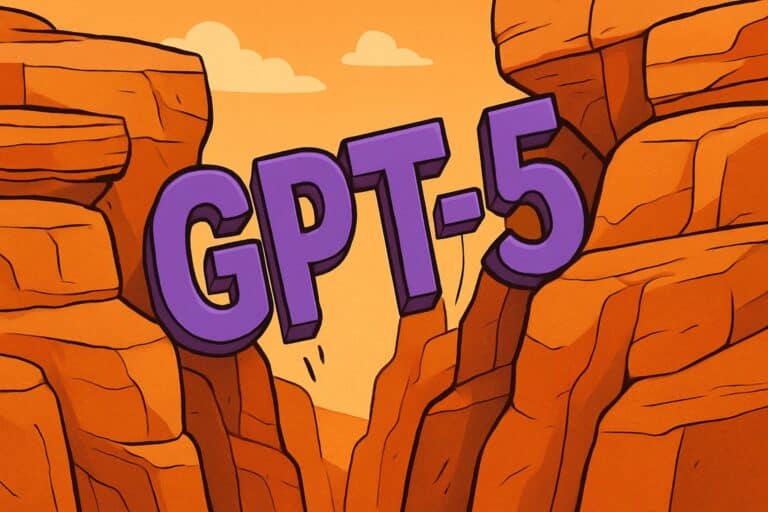OpenAI has released GPT-5.1, the first major update for the GPT-5 generation. According to the company, the new models, GPT-5.1 Instant and GPT-5.1 Thinking, should improve both the quality of responses and the conversation experience.
The introduction comes just three months after the launch of GPT-5, which received mixed reviews from users. In the official announcement, OpenAI emphasizes that the new model should sound more intelligent while responding more naturally.
GPT-5.1 Instant will be the new standard model within ChatGPT. According to OpenAI, it is less formal than its predecessor and better at following instructions. The most important technical innovation is the use of adaptive reasoning time. The model itself determines when it needs to think longer, for example in the case of more complex prompts, and when a quick response is sufficient. OpenAI claims that in practice this results in more efficient use of tokens and more consistent answers.
GPT-5.1 Thinking focuses on more demanding analytical tasks. The variant should be better at handling complex prompts and distributes the internal calculation time more accurately between simple and challenging questions. OpenAI says that the model uses less jargon and introduces vague terms less often, making technical explanations more accessible. In doing so, the company aims to address criticism that GPT-5 sounded more complex than necessary in some scenarios, while the substantive progress remained limited.
Microsoft courted Anthropic
According to SiliconANGLE, part of the pressure to release an update came from the reception of GPT-5 after its launch in August. At the time, OpenAI was criticized for limited progress and for temporarily removing older models. The company partially reversed that decision after users protested against making GPT-5 the default option.
SiliconANGLE further notes that Microsoft has since made alternative models, including those from Anthropic, more prominently available in Copilot services. This indicates a broader shift in the strategy of partners seeking to reduce their dependence on OpenAI.
In addition to technical improvements, personalization is being emphasized more. The tone settings within ChatGPT are being expanded with additional styles, ranging from professional to playful, and users can more finely control how direct an answer is or how often emojis appear.
The functionality was already available in a limited form in ChatGPT, but is now set to become an integral part of daily interaction. According to OpenAI, the underlying model capacity will remain the same, but the way answers are formulated will differ.
Rollout first to paying users
GPT-5.1 will be rolled out in stages to Pro, Plus, Go, and Business users. After that, the models should also become available for free accounts. OpenAI says this approach is necessary to ensure stability. The existing GPT-5 models will remain available for several months in a separate section, giving developers and organizations enough time to compare or adapt existing workflows. The corresponding API models will appear later this week.
With GPT-5.1, OpenAI is attempting to distance itself both technically and strategically from the criticism of GPT-5 and to make the model portfolio more consistent. The emphasis is on more natural language behavior, better instruction accuracy, and more control for users. According to OpenAI, future updates within the same generation will now appear in similar iterations.
